

It’s likely that buying sustainably is on your radar more now than ever before, and even if it’s not, it probably should be. In 2021, research from Deloitte* showed that 34 per cent of buyers had 'chosen brands that have environmentally sustainable practices' in an effort to lead a more sustainable lifestyle.
I certainly count myself as part of that 34 per cent, but I’m increasingly finding myself tripped up by eco-buzzwords and greenwashing from brands that are picking up on the ‘trend’ of sustainability and using it to pedal products that do very little for the planet in real terms.
In the same way that clothing companies are pulling me in with their ‘conscious’ lines, and beauty brands catch my attention with compelling recyclable credentials, I’ve become increasingly aware of the sustainability selling point encroaching on everything from frying pans to coffee machines.
As our in-house appliance expert, I immerse myself in this space more than most, and ironically, I have a non-stop carousel of products – some more sustainable than others – working its way into my own kitchen for reviewing. My concern? Creating a sustainable kitchen is not as simple as it seems and I’m not convinced that the climate crisis is something we can buy our way out of...
A throw-away society
When I talk to people about my job, I often end up having the same conversation with them. There’s a belief that products just aren’t built to last in the way they used to be, and something I’ve noticed in these conversations is cynicism about replacing existing appliances for the sake of keeping up with trends; if it ain’t broke, don’t replace it.
Some even believe that brands are deliberately creating products that aren’t meant to last more than a few years, to keep buyers coming back and spending more money.
I recently persuaded my parents to part with their old toaster (which, as they frequently remarked, was older than me) simply because I could offer them a new, shiny one that I’d just finished testing. And in retrospect, I feel quite bad about that. There was absolutely nothing wrong with the old one other than its outdated facade and perhaps the need for a deep clean.
Join our newsletter
Get small space home decor ideas, celeb inspiration, DIY tips and more, straight to your inbox!
What does that mean for a site such as Real Homes though, where we love to shine a light on interesting new launches and recommend products to upgrade your kitchen?
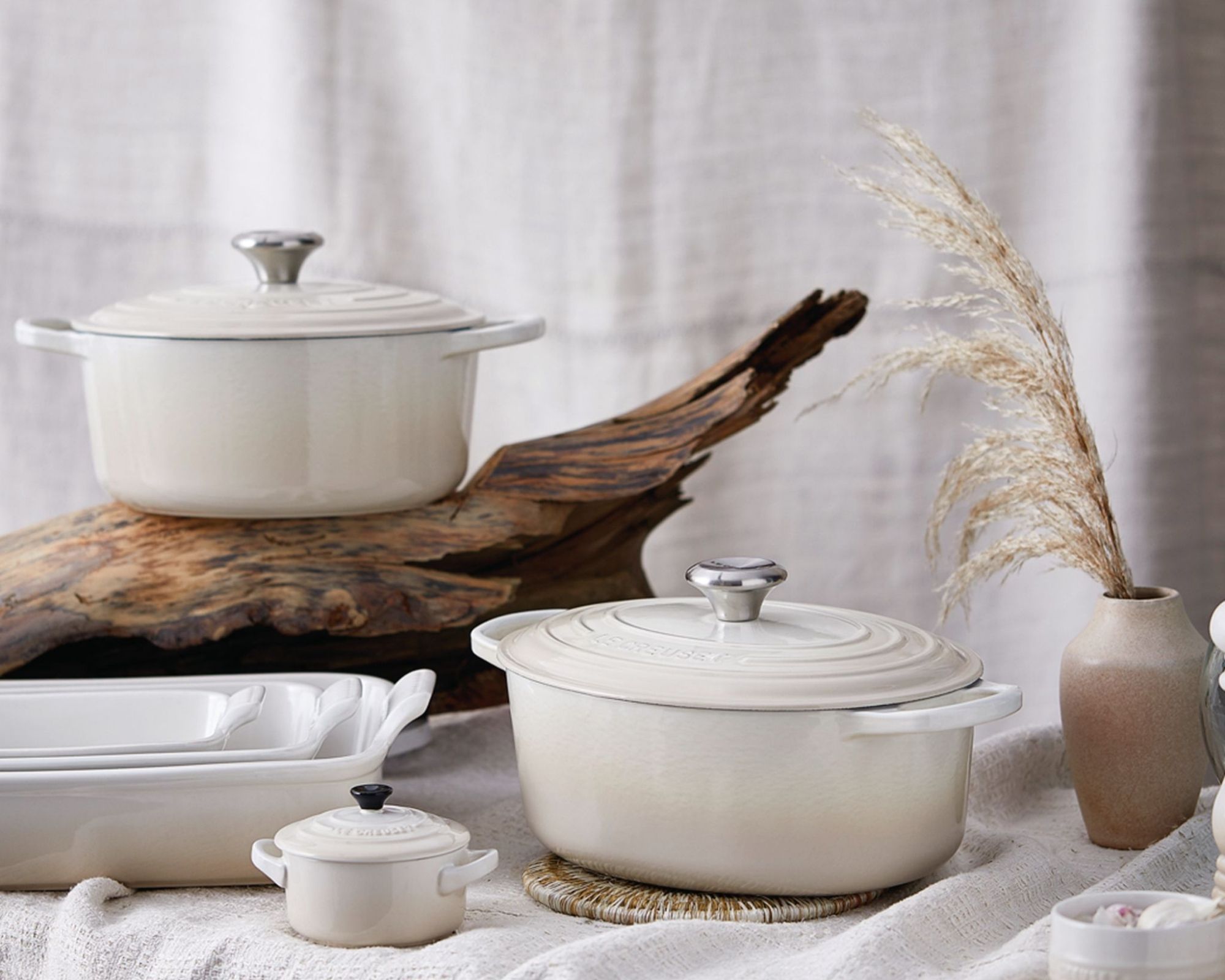
Le Creuset cookware is definitely viewed as an investment, but being built to last with a lifetime guarantee to cover craftmanship they don't see as up to standard, it is money well spent
Buy cheap, buy twice (or more)
I believe that you could roughly divide the readers of our small appliance buying guides into two camps. Returning to toasters, for example, they’re either looking for a stylish new model with swanky timers and switches, or they’re in desperate need of something functional to provide a base for their smashed avocado in the morning. There is a want, and there is a need.
Either way, when you start on your purchasing journey, you’re at risk of entering into a cycle of buying a new product, only to find yourself replacing it the year after because it was poorly made or not up-to-date with current trends.
Buying something built to last
The only way out of this rinse and repeat of buying and replacing? Buy something that’s genuinely built to last, and when your product does break down, make sure that it’s possible to repair it.
That’s called the circular economy, which is a term I only learned recently when talking to Tara Button, the Founder of Buy Me Once. Tara founded the company, which exclusively sells products that they deem built to last, after receiving her first Le Creuset pot. 'It made me realise that everything else I’d bought up until then just wasn’t built to last. I went looking for a website that brought together the longest-lasting things, but it didn’t exist, which felt like a gap in the market.
'However, I only got really excited about the idea when I made the connection between buying for the long term and saving the planet. Every time you buy a long-lasting product, you save several products from being made – which could add up to trillions of tons of CO₂ if everyone shifted their habits. It’s the most overlooked solution to climate change!'
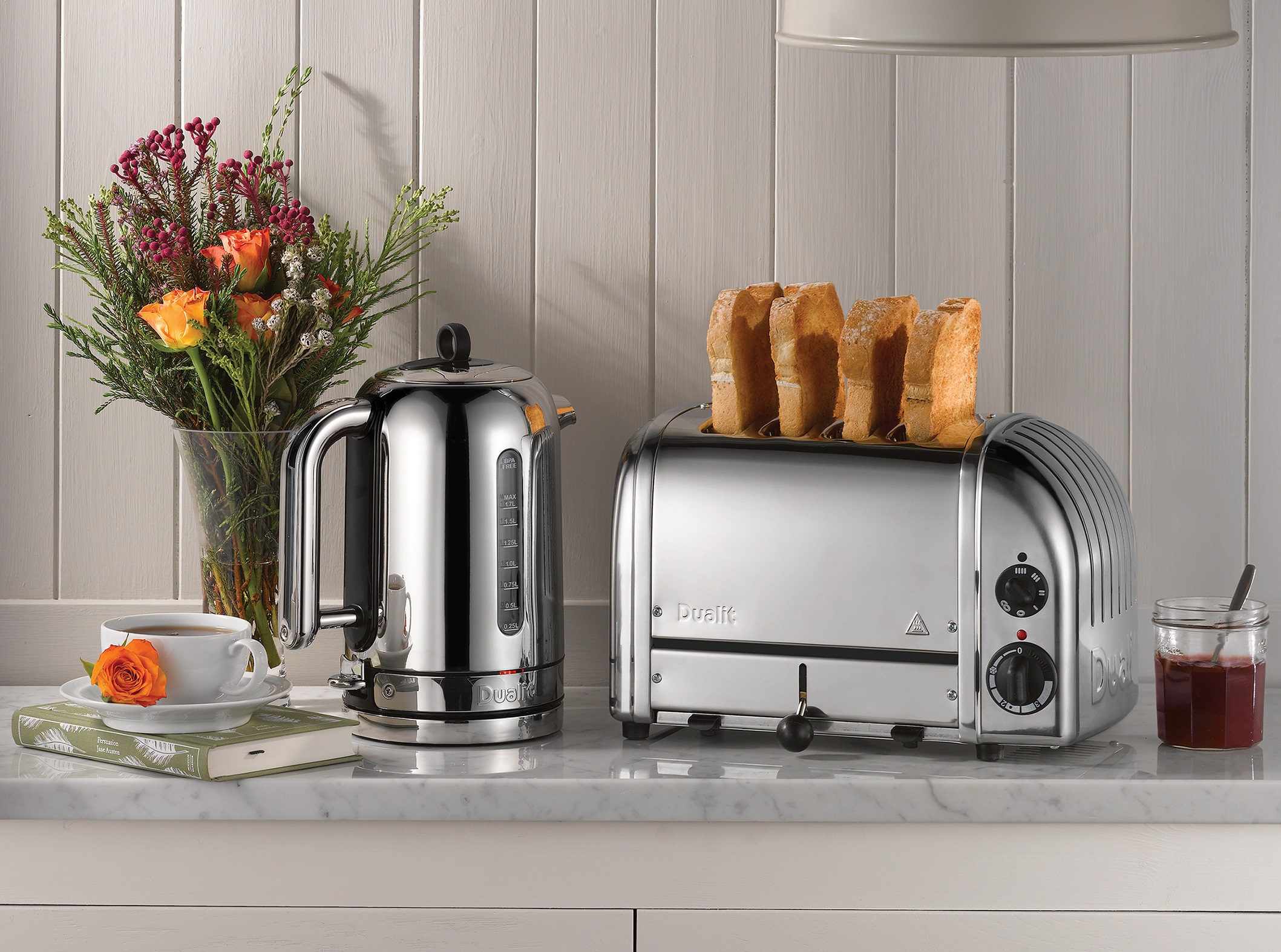
Buy Me Once stocks brands such as Dualit which has a strong heritage in manufacturing, offers repair services and produces items built with replaceable parts
It struck me that we cast such a critical eye on non-recyclable materials when writing our product reviews, but that this packaging is a mere drop in the ocean of plastic pollution that can come with buying a new product.
When testing a Magimix food processor recently, I did make a note of the plastic packaging, but as MD Steve Punter told me: 'our most significant and enduring contribution to waste reduction lies in the manufacturing of products that are built better to last longer." A quick glimpse of the brand’s Instagram will show that users often own and use their Magimix for decades, when many users may cycle through a handful of more poorly-made machines during this time.
'We are not interested in producing gadgets that will end up in the back of cupboards or at the local recycling centre,' Steve said. 'We make products that prove themselves time and time again. We know that our products work well for years and are often passed down through the family generations. That’s why they are backed up by our 30-year guarantee.'
A sustainable product from start to finish
I had a similar response when I spoke to Hyesoon Yang, EVP, Head of Customer Experience at Samsung Electronics. 'We would ask customers to look at product purchases from a holistic view, because sustainability does not start and stop with the purchase", Yang told me. Packaging aside, she highlighted that Samsung attempts to incorporate sustainable practices (recycling the liquid materials generated) during production, and by prioritising an energy-efficient build the brand also strives to reduce long-term energy consumption.
It’s also worth considering how easy a product is to dispose of once you part ways. 'At the final stage of the products’ lifecycle, we offer consumers an easy way to sustainably dispose of their appliances through the resource recirculation program. At no cost to the users, appliances are picked up and recycled so parts from them can be harvested for use in new products.'
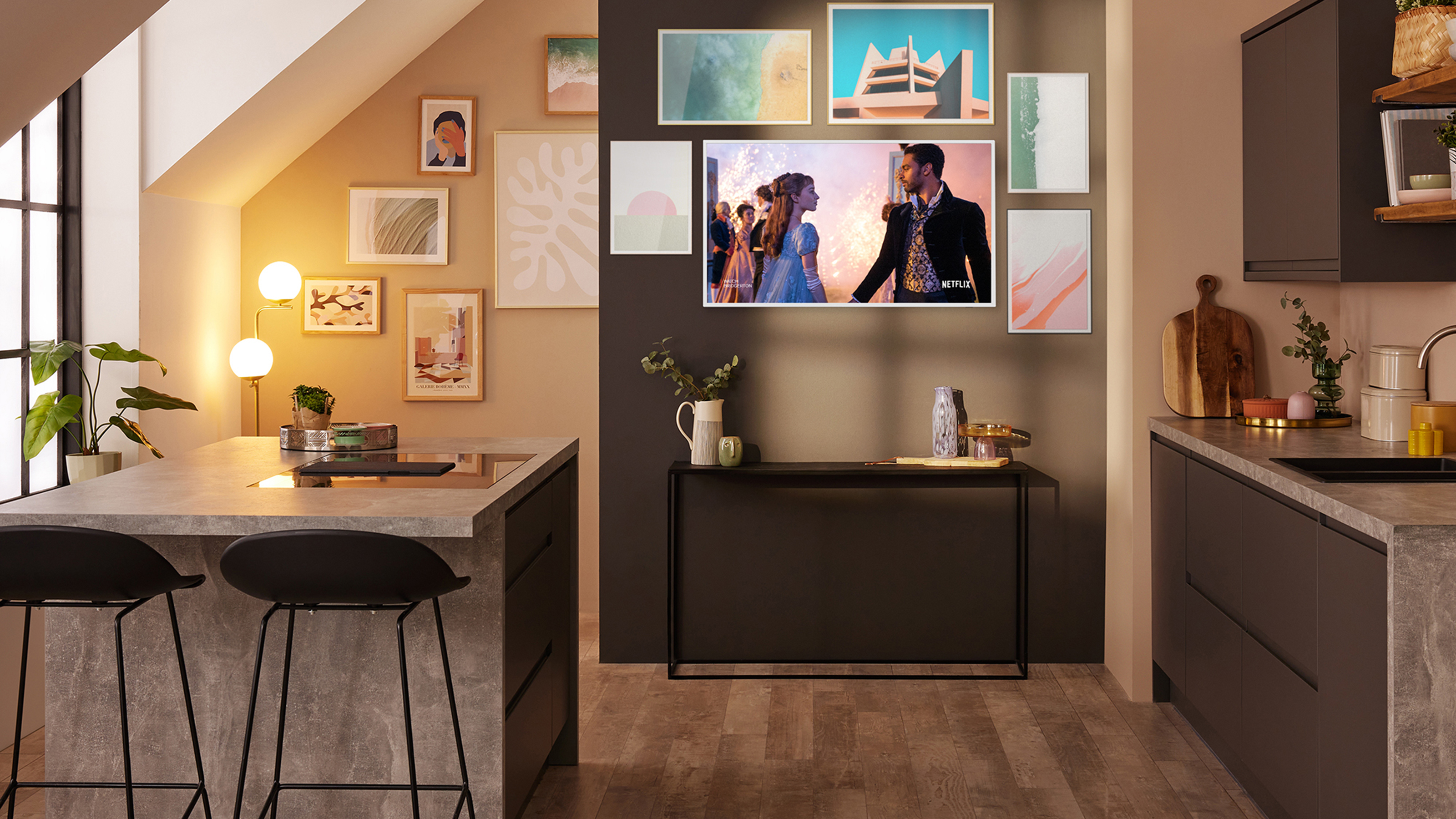
Samsung has stressed the importance not just of buying products that are made as sustainably as possibly, but can be replaced or recycled with ease at the end of their life, too
What if I can’t afford to ‘buy better’?
Buy better, and it will last longer. It is a bit of a no-brainer, but my instinctive response is that there is a reason why not all of us own hundred-pound kitchen appliances, and indestructible crockery. The cost involved does mean that this purchasing behavior is not accessible to a lot of people.
'It’s one of the things I’m really passionate about helping with.' Said Button, from Buy Me Once. 'I believe that it’s a form of poverty tax that when you have less money to spend, you’re forced to buy things that will break sooner. Often though, you then end up spending more over time!'
Tara pointed out that "people used to save up for products so they could buy a better quality item, but that is less common nowadays."
While there are some things that you may struggle to save up for, or the odd purchase that requires an immediate fix, the truth is that we really don’t need as much as we think we do. That’s why one of the most sustainable ways to shop involves a total change of mindset. Instead of looking for quick fixes or making impulse purchases, you can make do with your one good cooking pot while you save up for a complete set that’s designed to last.
I heard a similar argument from Magimix: 'The long-term cost is often lower when you buy better. It’s worth considering that a small increase in the price will be beneficial tomorrow, and you’ll thank yourself for it – we also offer consumers a wide variety of different size food processors depending on their budget, but without any compromise on the build quality.'
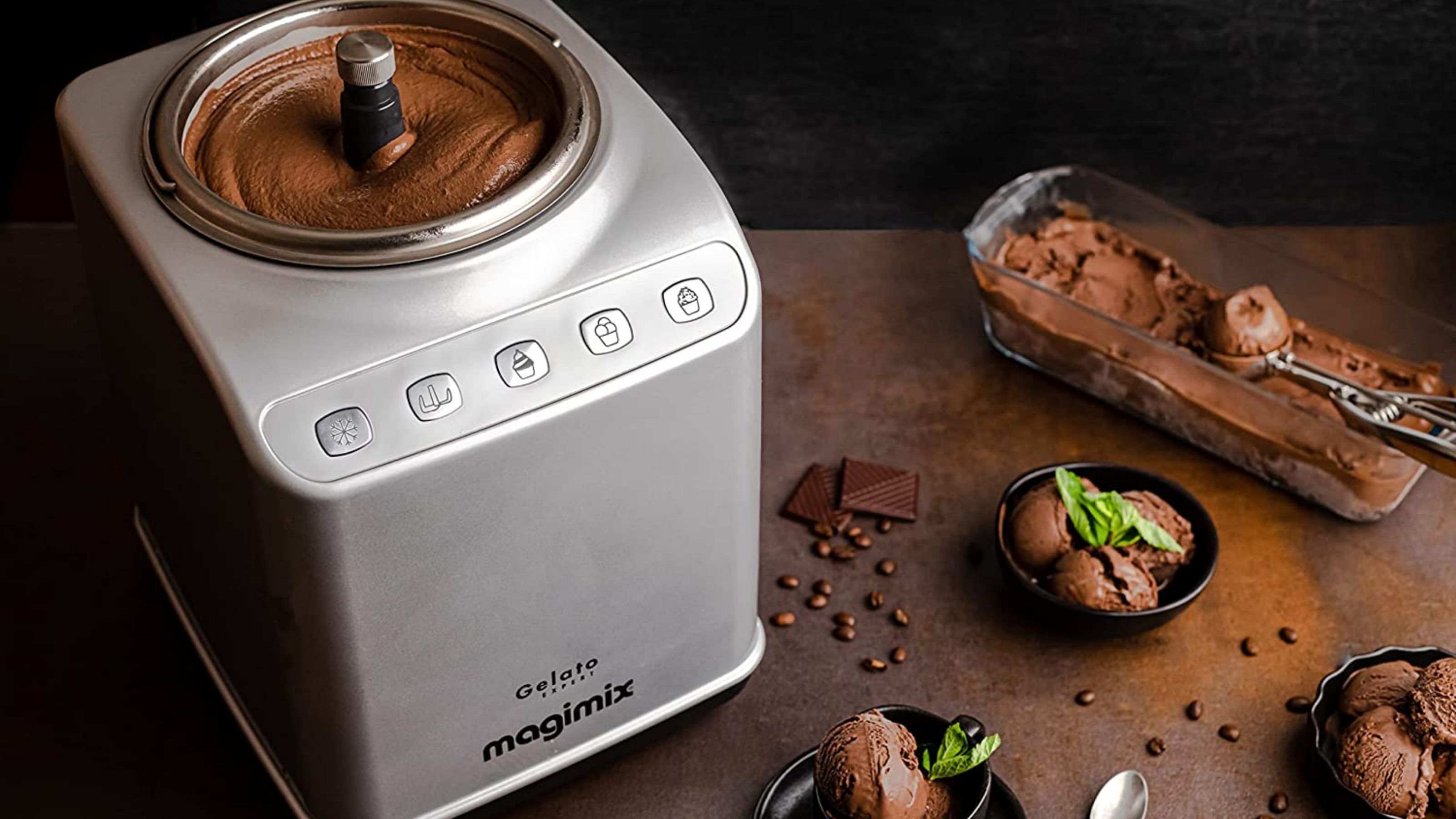
The Magimix Gelato Expert has a longer guarantee than similar products
Buying to last: what to look out for
The greenwashing is out there, and to be honest, some of it is pretty convincing. Unfortunately, though, some of the most sustainable purchases are the ones that offer the least to shout about: no limited-edition colorways or deep discounts when it comes to Black Friday, because you’re getting what you pay for no matter when you buy it.
I asked Tara Button what she looks out for when choosing products to feature on Buy Me Once, and what advice she has for shoppers who want to do their own research.
Top tips to truly buy sustainably:
1. Materials: choose recycled or sustainably sourced
2. Durability: do design flaws mean it will break sooner? Or does the brand have a known history of building things that last?
3. Repair: does the company offer repair or can it be fixed?
'I really feel for shoppers as there’s so much confusing messaging. I’d say first look at the materials. Are they from sustainable sources? Reclaimed and reused materials are the most beneficial to the environment followed by recycled materials and materials from renewable sources such as FSC-certified wood.
"Then look at the construction. Is it made in a way that will mean it’s fixable if it gets a bit of wear and tear? When stocking products, we research Why does this type of product usually fail? And which brands have specifically solved those weaknesses? For example – with frying pans, the weakest links are that the handle gets wobbly and the non-stick goes. So we scoured the Earth for brands that solved these weakest links. Our frying pan is all made out of one sheet of metal so there’s no join to get wobbly and the non-stick is indefinitely replenishable.'
Another big factor is the reputation of a brand. And I don’t just mean how many five-star ratings it has on Amazon. Punter advises that 'consumers should look to connect with brands that have a strong heritage and a history that can demonstrate a reputation for producing products that are built to last. They should always ask questions about the brand's integrity and carry out a little research to ensure that there is substance behind any claims.'
As a professional product tester, this is where I think Real Homes can really step in.
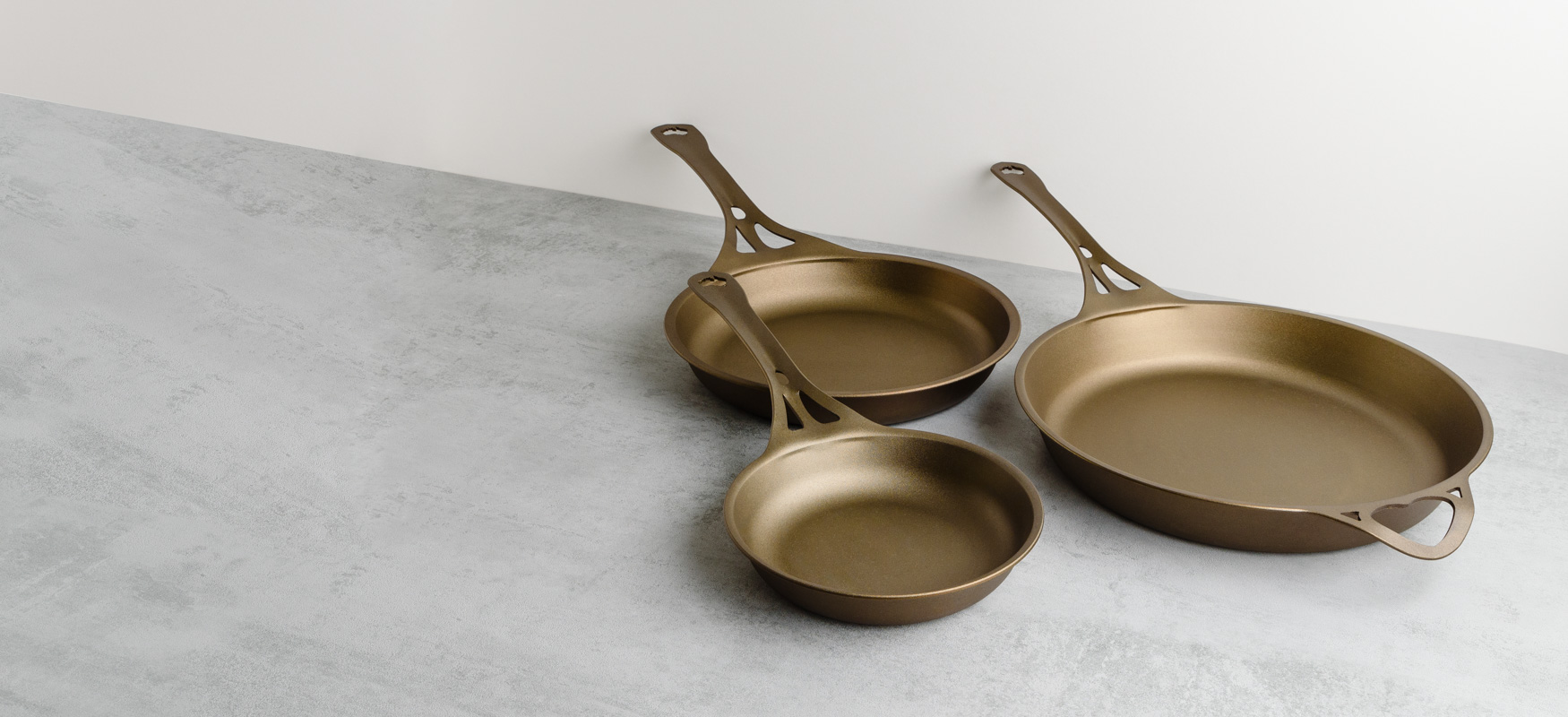
The Solidteknics Seamless Frying Pan is made from one piece of wrought iron, meaning no weak spots between pan and handle. It works on all hob types and is naturally non-stick
Keeping it real with readers
Yes, some of the more expensive options will undoubtedly be the ones that you’re still using for decades to come, but I also think that we at Real Homes can be on hand to offer our insights to those who want to buy a reliable product, whatever their budget.
We’re doing a lot of work on how we test, and one of our main priorities is to make sure that we’re testing the durability of products. A lot of the time when we test a product, we have to send it back after a few weeks of use. This unfortunately means that we’re not able to come back in a year or two and confirm that the machine is still going strong.
However, we’ll always be honest about how long we’ve been able to test a product for, and when we can continue to test a product, we’re going to keep our readers posted on how well the product has held up after hundreds of uses. Any non-stick pan could work well after frying a couple of eggs, but our testing is here to make sure that the products that have never failed us are the ones we’re recommending to readers.
So next time you are buying a new appliance, maybe compromise on choosing a kettle in the exact color of your current kitchen cabinets, or a vacuum cleaner that does three million things. Buy the best item you can afford, from a brand that truly cares about it being the best advert it can by taking a permanent place in your home.

Millie joined the Real Homes team in 2021 after working at TopTenReviews as a Staff Writer. Formerly our Small Appliance Editor, she is now Head of Reviews and is constantly making sure that we are reviewing the latest and greatest products for our readers.
Millie passed our five-step certification process to become a verified customer advisor on coffee machines. As a baking enthusiast, Millie’s job at Real Homes is the perfect excuse to cook up an endless supply of snacks. When she’s not in the kitchen though, she loves knitting and exploring London's top food markets.
-
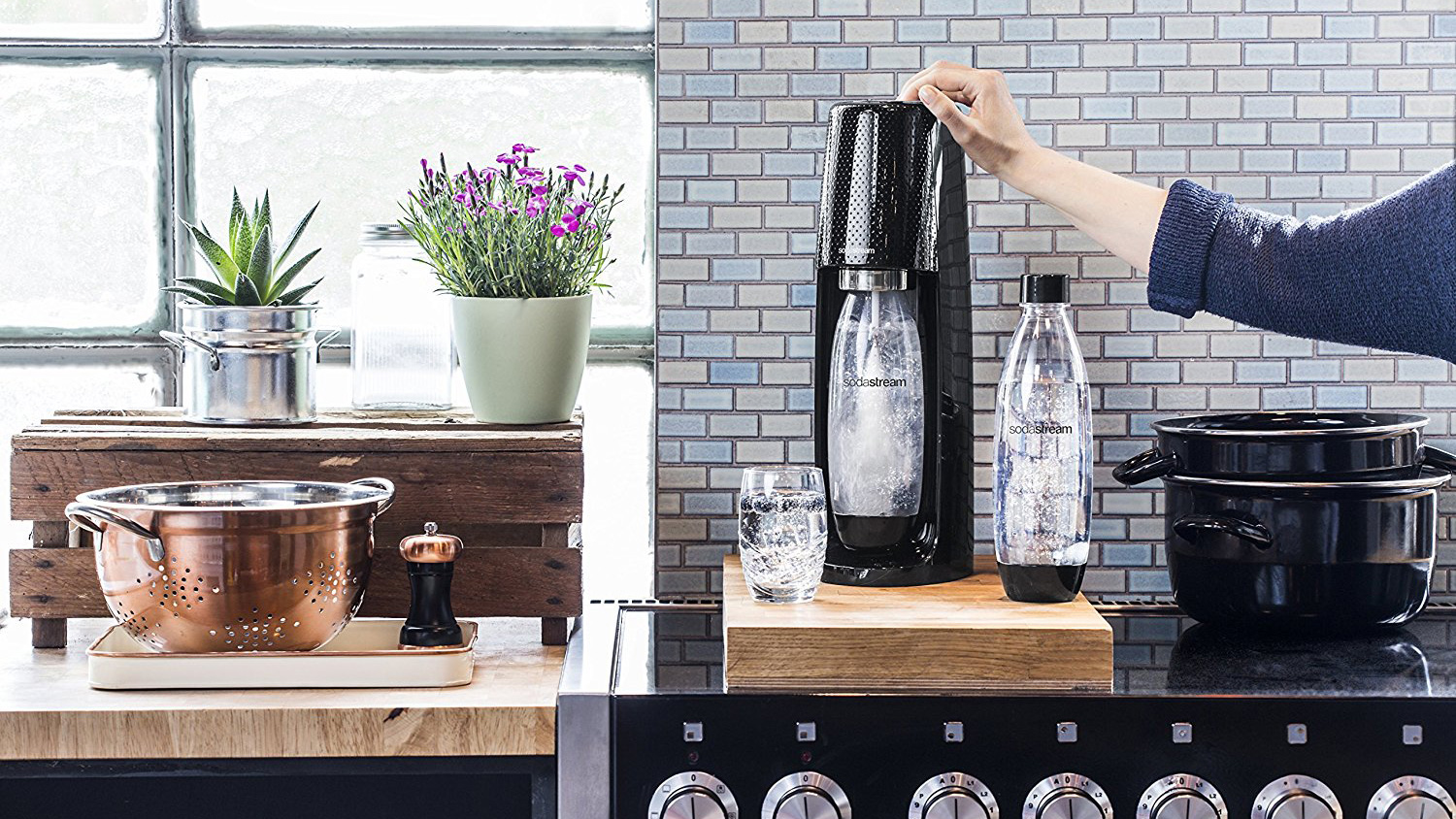 Sodastream Spirit review – it's the best ever eco purchase I've made
Sodastream Spirit review – it's the best ever eco purchase I've madeWe put the Sodastream Spirit to the test – is it worth the money, and a spot on your kitchen counter?
By Annie Collyer Published
-
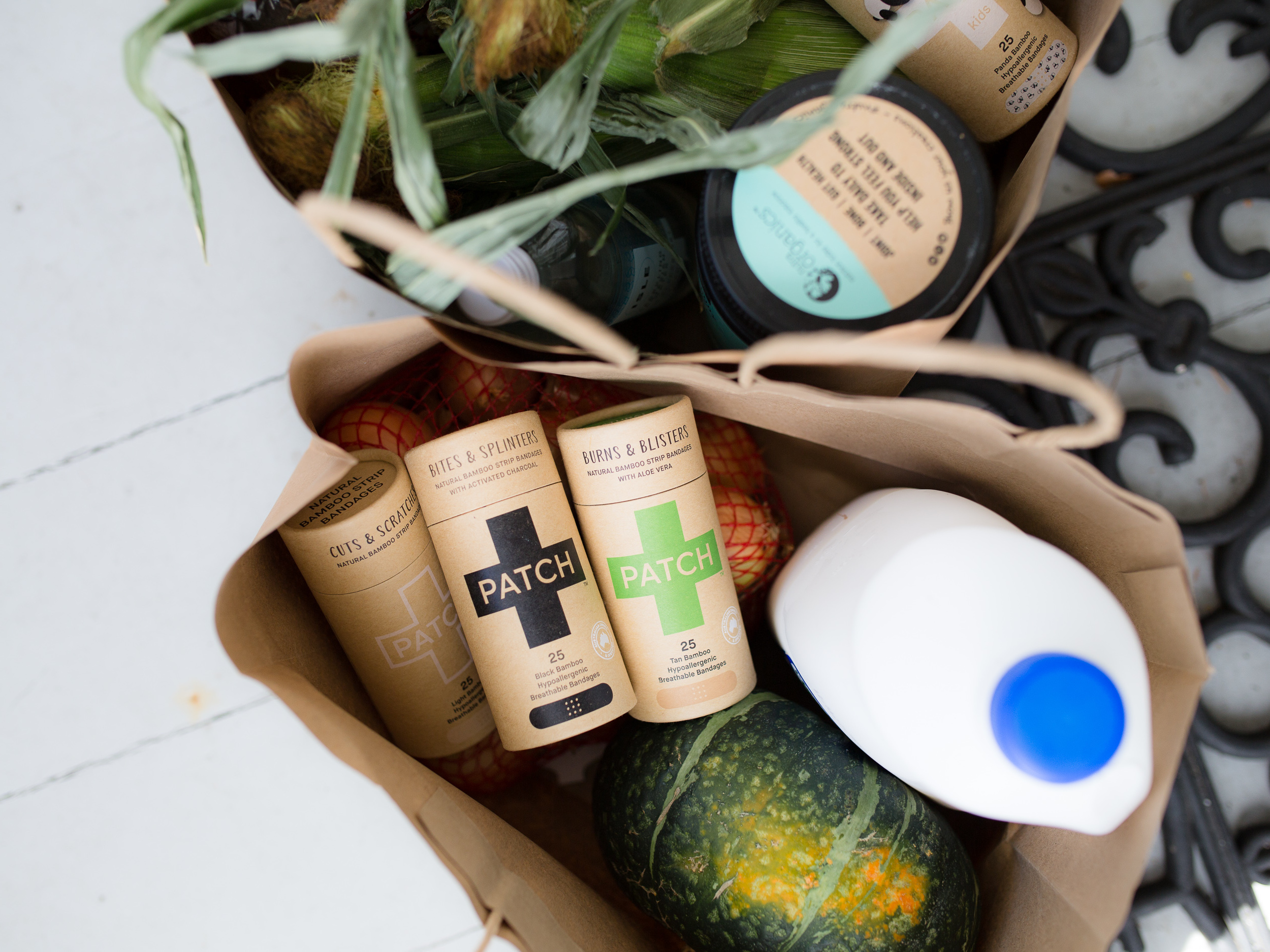 5 sustainable swaps around the home for World Environment Day
5 sustainable swaps around the home for World Environment DayGive these sustainable swaps a go at home and make a pledge to live a more eco-friendly life this World Environment Day
By Lindsey Davis Published
-
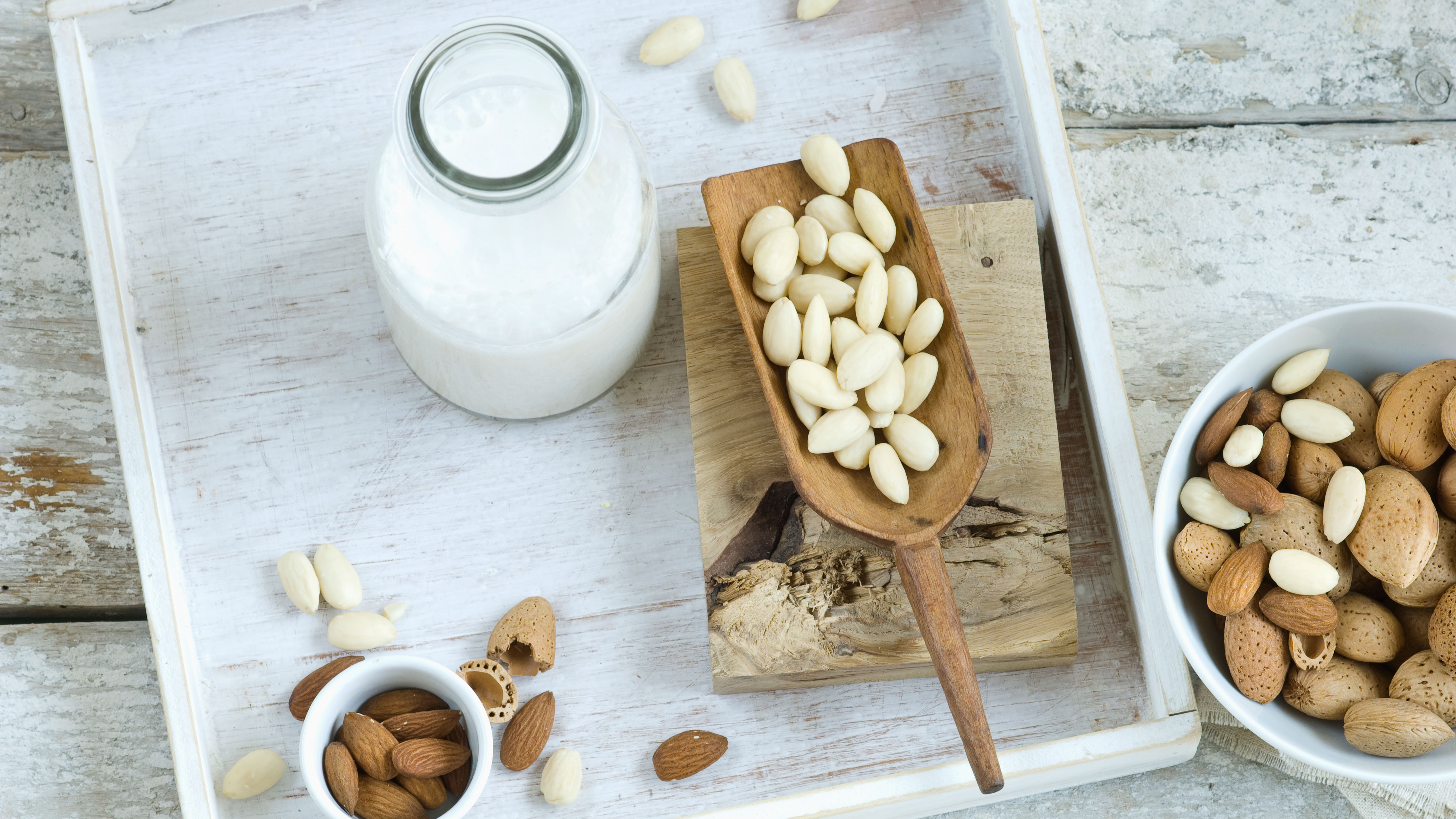 Why almond milk isn't the best milk alternative. Read this before you swap
Why almond milk isn't the best milk alternative. Read this before you swapAlmond milk is probably the most popular alternative to dairy milk, but it comes with a heavy environmental impact. These are the best and most sustainable milk alternatives around...
By Anna Cottrell Published
-
 How to master a vegan and eco-friendly home
How to master a vegan and eco-friendly homeYou may be vegan and eco-friendly most of the time, but are you sure that your home is too? Here’s how to create an eco-friendly home, that’s 100% vegan, beyond January!
By Camille Dubuis-Welch Last updated
-
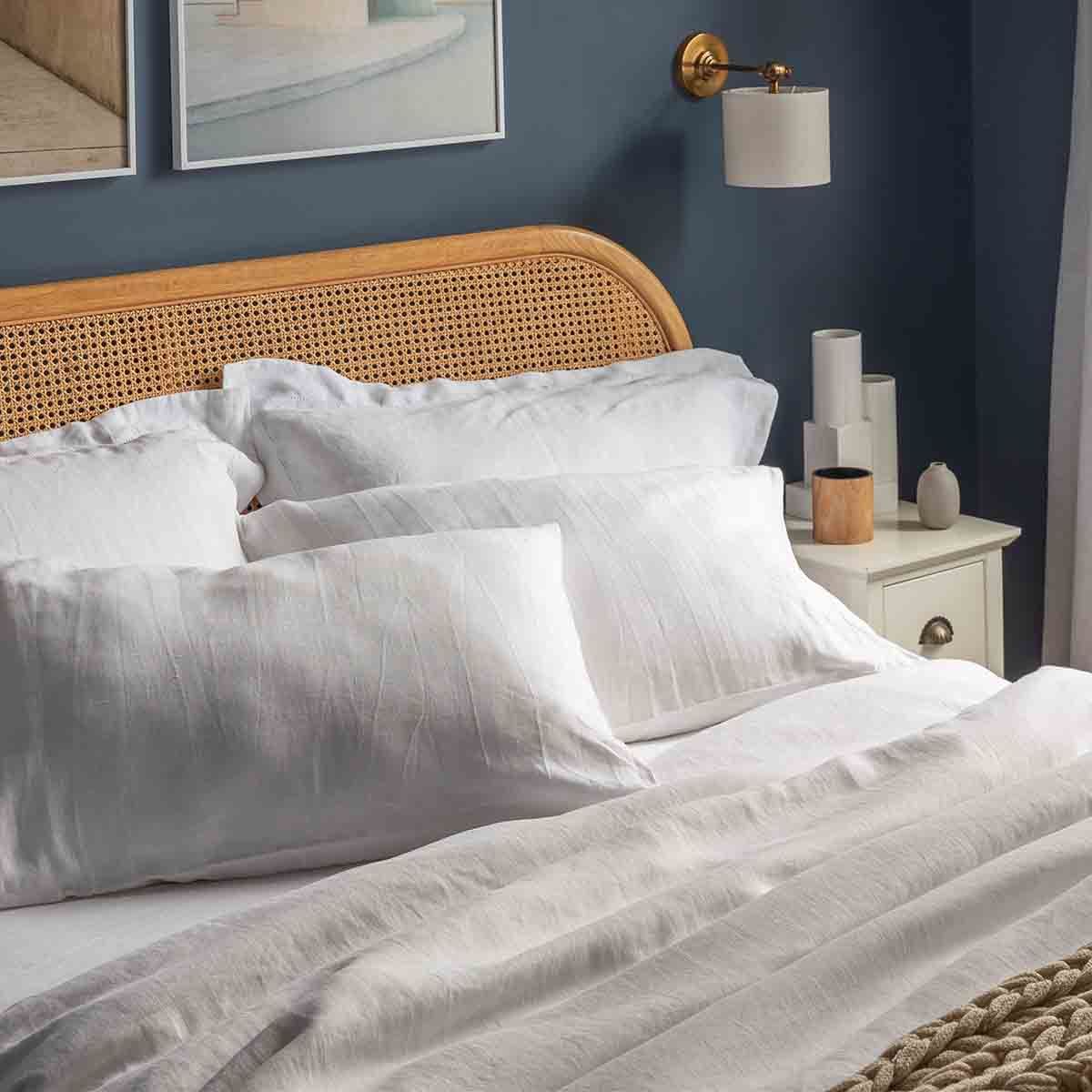 Aiming for a sustainable lifestyle? Hemp bedding is what you should be sleeping in
Aiming for a sustainable lifestyle? Hemp bedding is what you should be sleeping inIf you want bedding that's eco-friendly and sustainable, think: hemp
By Linda Clayton Published
-
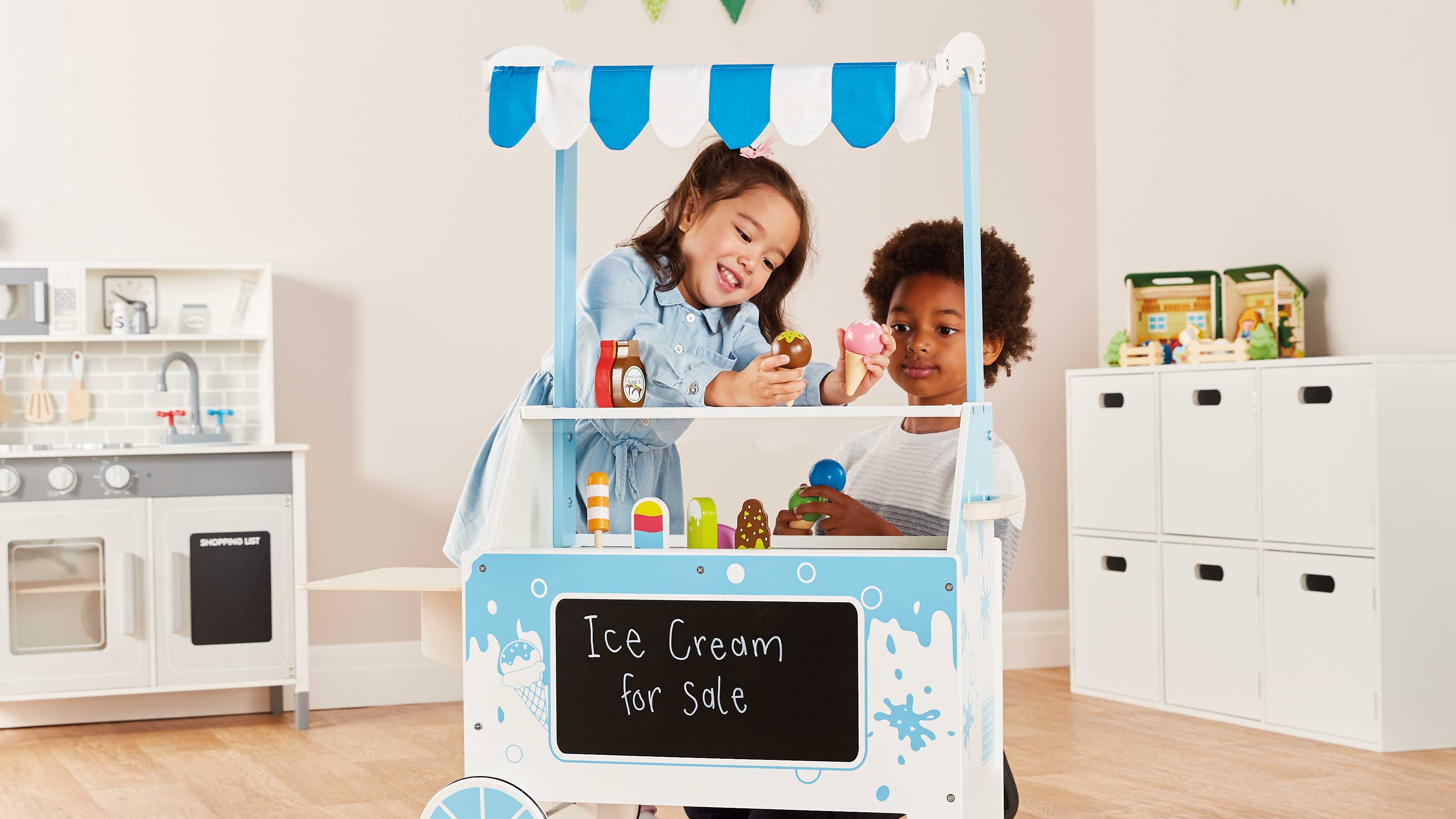 Aldi's wooden toys: eco-friendly, expensive-looking... and from just £6.99
Aldi's wooden toys: eco-friendly, expensive-looking... and from just £6.99Yep, Aldi sells wooden toys! They're FSC-certified and way better for the environment than anything made from plastic – here are our favourites
By Annie Collyer Published
-
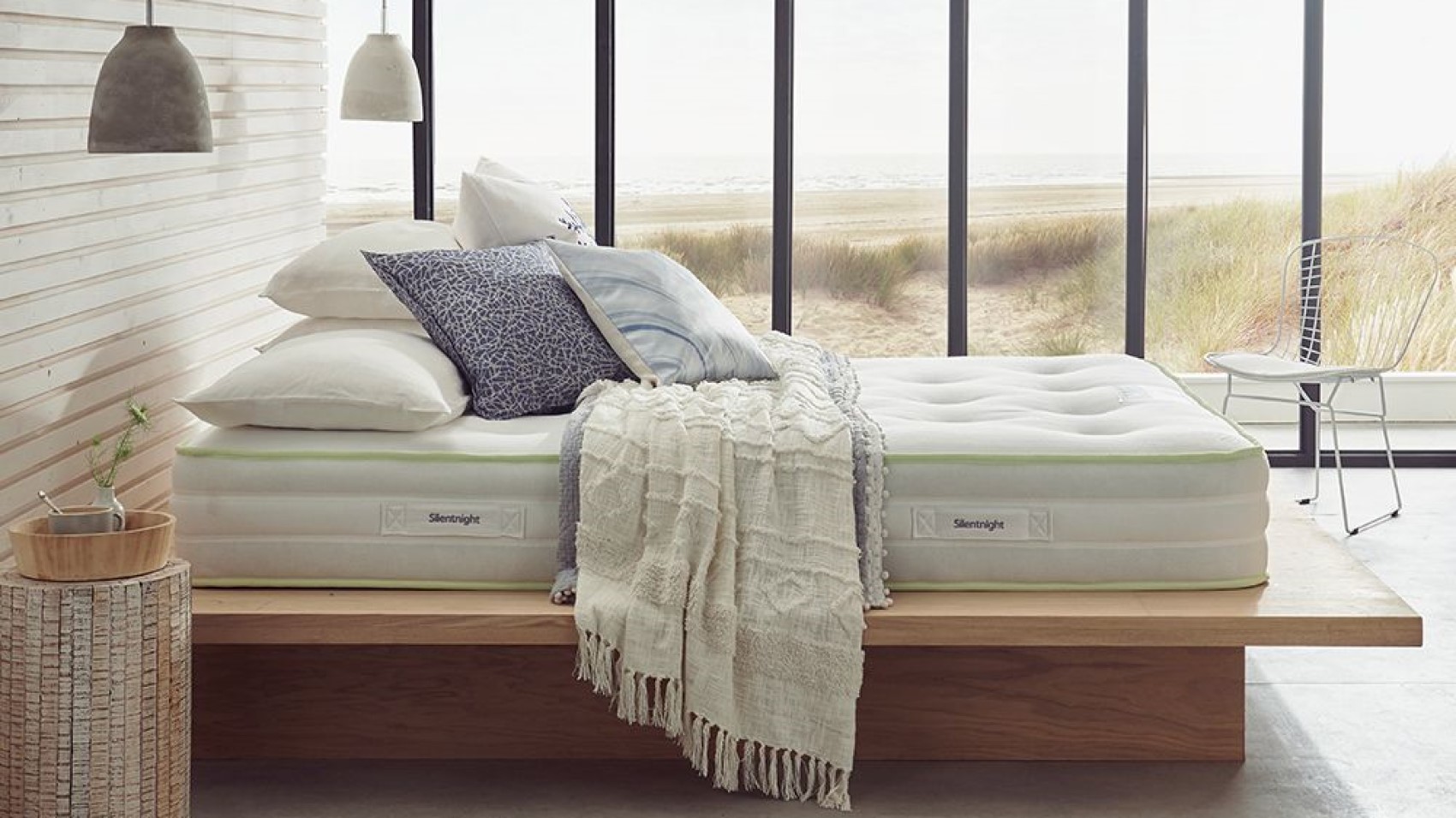 Have you got an eco-friendly mattress yet?
Have you got an eco-friendly mattress yet?If you want to be more sustainable, even when you're sleeping, here's how to choose an eco-friendly mattress
By Anna Cottrell Published
-
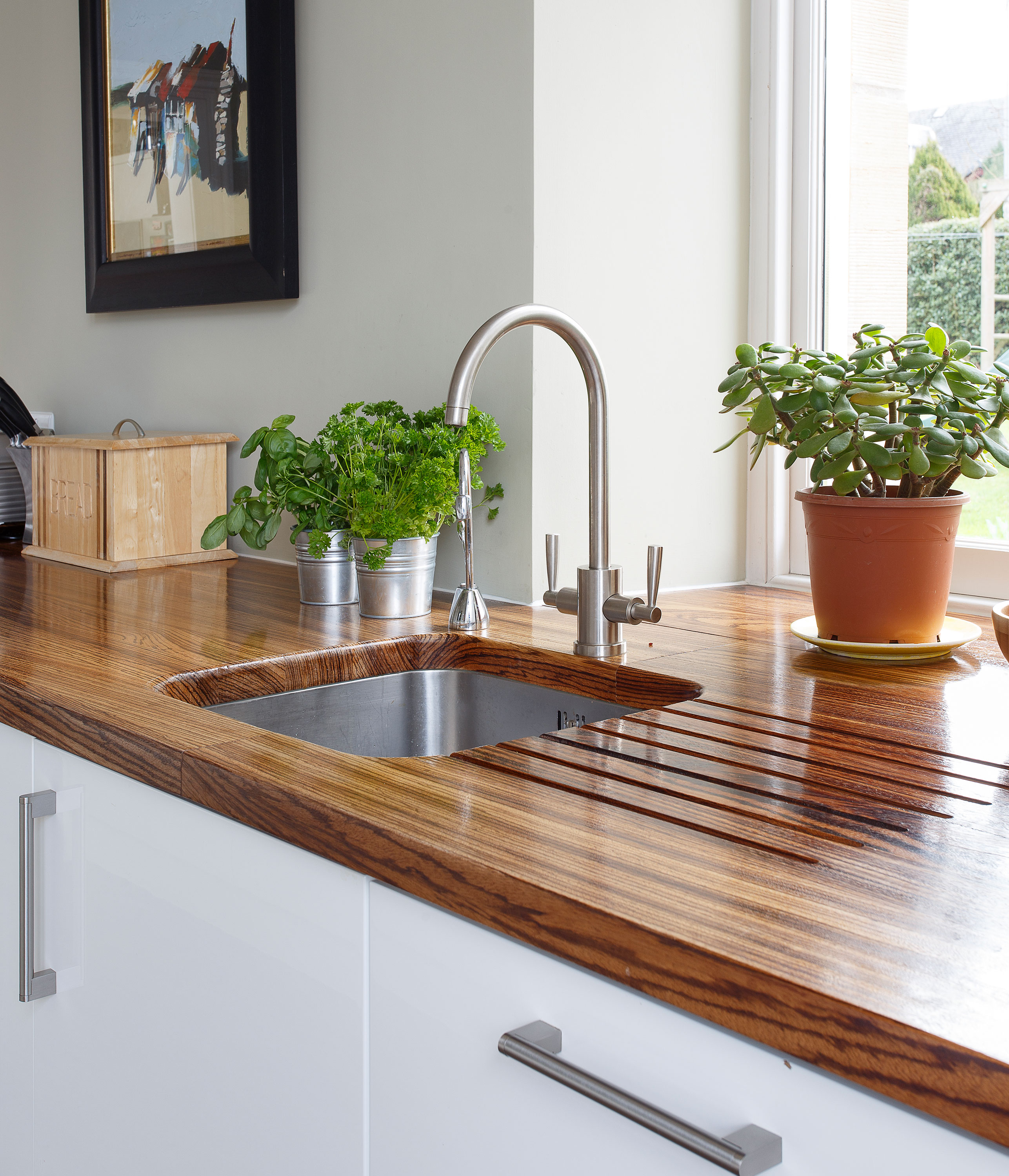 5 ways to reduce single use plastics in your kitchen right now
5 ways to reduce single use plastics in your kitchen right nowNew year's resolution to be kinder to the planet? Start by making these simple swaps...
By Hebe Hatton Published